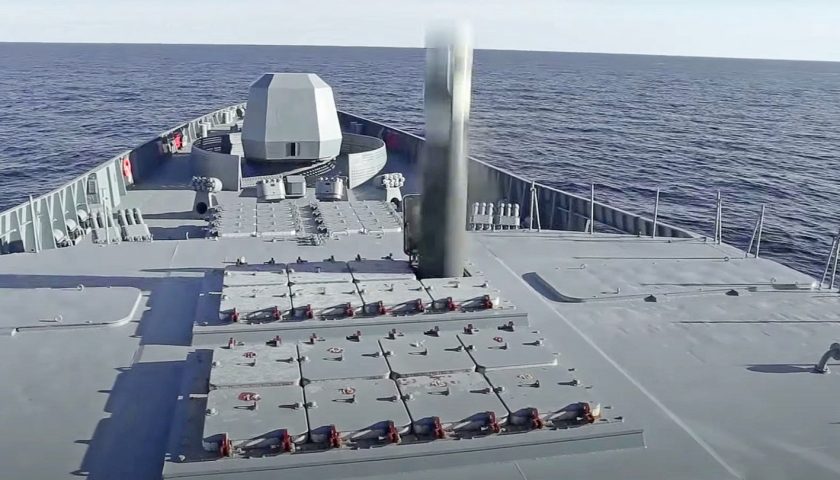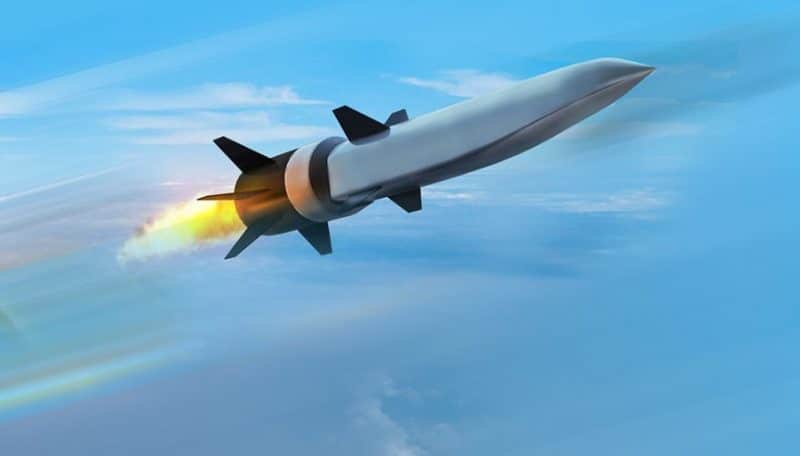To date, there are three technological approaches to designing a hypersonic missile. The first is based on a missile following a semi-ballistic trajectory, and having sufficient fuel to maintain its speed until impact. This is the case of 9-S-7760 Kinzhal, an airborne missile derived from the Iskander short-range ballistic missile, which saves the precious fuel needed for hypersonic racing thanks to the Mig-31K or Tu-22M3 launcher. The second approach is that of the hypersonic glider, a projectile designed to maintain hypersonic speed and maneuverability throughout the descent phase after being brought to very high altitude and very high speed by a ballistic missile. Heavier than the previous system, this system adapts above all to strategic systems, so as to avoid, through its maneuvering capacities and its speed, kinetic impactor antimissile defenses such as the THAAD. In this area too, Russia is one cubit ahead, the hypersonic glider Avangard having entered in service for 2 years to equip the ICNM RS-28 SARMAT missiles Russian strategic forces.
The third approach is also the most complex, since it involves propelling a missile evolving into the lower layers of the atmosphere, therefore with very little support from gravity, up to speeds equal to or exceeding Mach 5, thanks to particular engine called Scramjet. Halfway between the ramjet and the turbojet, the Scramjet makes it possible to use atmospheric air as an oxidizer, thus significantly reducing the missile, while maintaining controlled combustion despite a flow velocity exceeding by far. that which can withstand conventional turbojets, which require a subsonic air flow to control combustion. The development of the Scramjet is one of the major challenges in the competition between the major nations and the major global aeronautical companies, both in the military and civil fields. However, again, it seems that it was Russia that got off to the best start with the 3M22 Tzirkon missile, capable of evolving up to Mach 8 and traveling 1000 km to strike its naval target.


75% of this article remains to read,
Subscribe to access it!
The Classic subscriptions provide access to
articles in their full version, and without advertising,
from 6,90 €.
Newsletter subscription
Register for the Meta-Defense Newsletter to receive the
latest fashion articles daily or weekly

